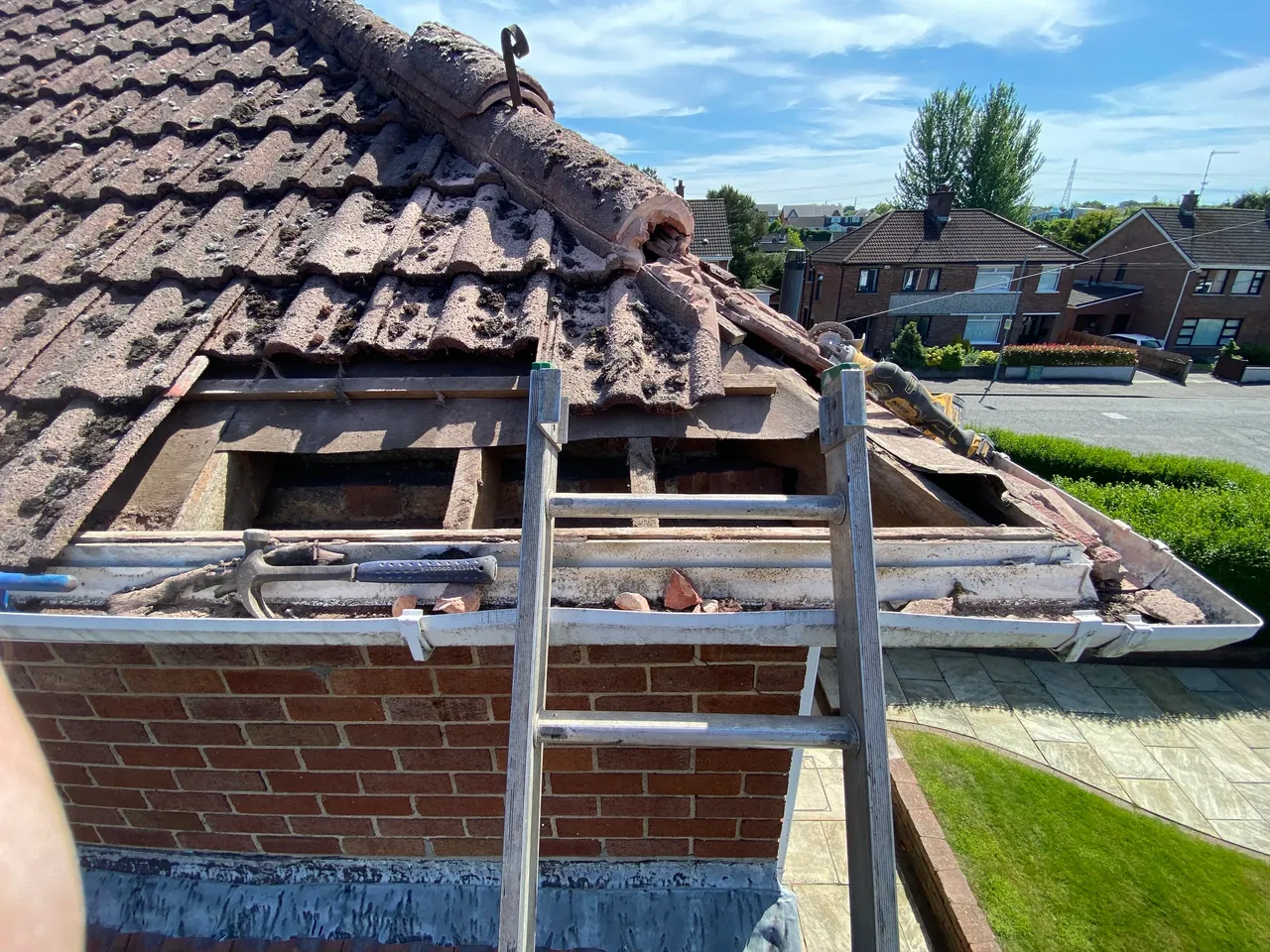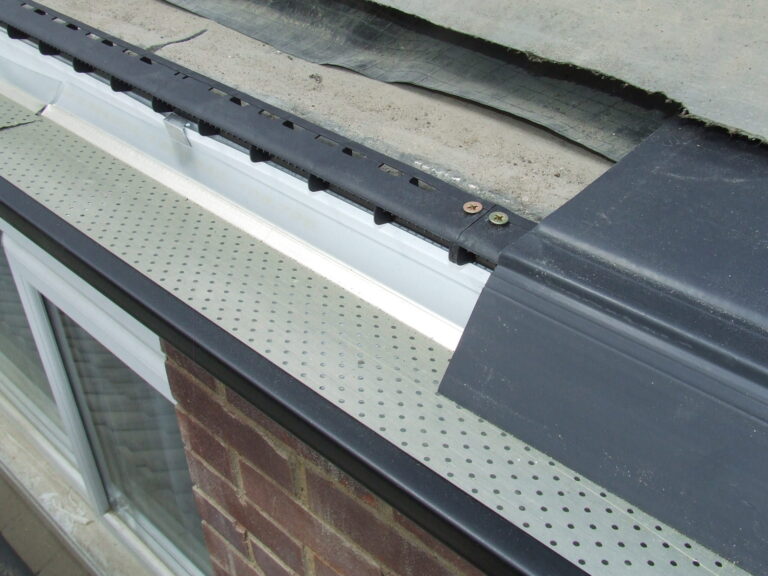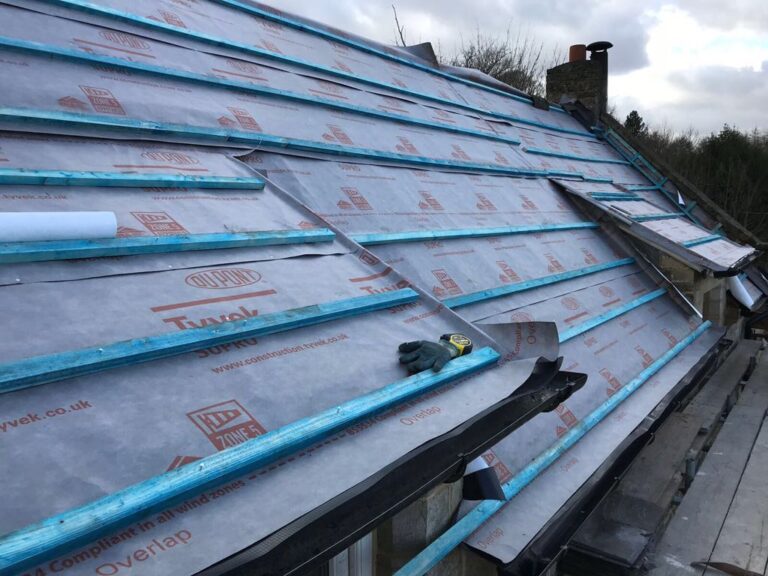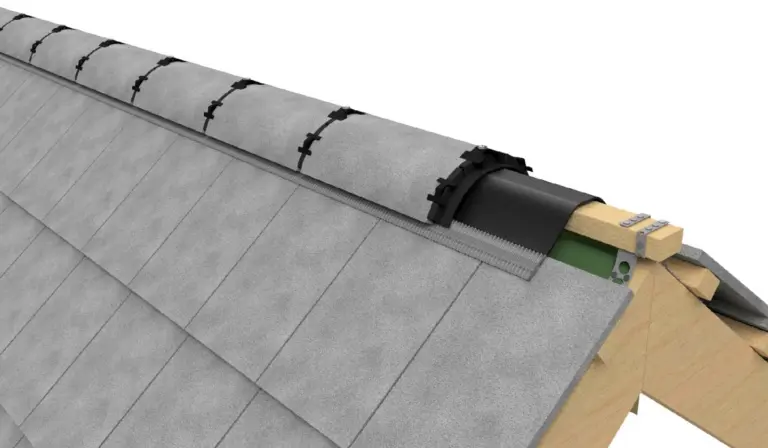Roofs rarely get the attention they deserve, quietly shouldering the weather’s worst on a daily basis. Yet when those tell-tale stains begin to spread across your ceiling or the faint sound of dripping interrupts your night, the temptation is always to patch up and move on. But how do you know if a persistent leak signals something more serious? When should you stop repairing and seriously consider a full replacement?
Roof Leaks: Causes and Consequences
Many factors can trigger leaks. Unexpected gales, slipped tiles, damaged flashing, or years of sun and frost all take their toll. It’s easy to view a single leak as a one-off nuisance, but repeated repairs in the same area might indicate a deeper issue.
Ask yourself:
- Has this leak appeared more than once in the last six months?
- Are you noticing more than one area with water infiltration?
- Do repairs seem to last a shorter time with each attempt?
A single storm may cause a tile to shift. Persistent leaks suggest the underlying roof system is struggling.
Frequency and Pattern of Repairs
Short-term fixes can be effective if the roof is fundamentally sound. However, a pattern of repairs hints at systemic failure. Here are some warning signs:
- More than two repairs in a single year, especially in the same spot
- Leak reappears despite recent professional repair work
- The affected area keeps growing, with new stains or moisture patches
- Previous attempts at repair only last a few months
Professional roofers will tell you that a roof showing multiple issues in diverse places is often nearing the end of its lifespan.
Age of the Roof: Is Time the Real Issue?
The age of your roofing materials is one of the most decisive factors. Most pitched roofs in the UK are covered with slate or concrete tiles, both of which have typical lifespans.
Roofing Material | Typical Lifespan (years) |
|---|---|
Natural slate | 80-120 |
Artificial slate | 40-60 |
Concrete tile | 50-70 |
Clay tile | 70-100 |
Felt flat roof | 10-20 |
EPDM/rubber flat roof | 25-30 |
GRP fibreglass flat roof | 20-30 |
If your roof covering is nearing the latter part of its expected life, constant patching becomes increasingly ineffective.
Assessing the Damage: Patch or Replace?
Not all leaks mean a disaster is imminent. Some can be sorted with minimal work, while others just paper over cracks.
Consider the following:
- Are the roof timbers soft, warped, or discoloured?
- Is there evidence of widespread water ingress, not just a single isolated spot?
- Have several tiles or shingles slipped, cracked, or disappeared?
- Is the felt underlay showing through, torn, or rotten?
- Do you notice a musty smell or signs of mould in the loft?
These signs point to underlying issues beyond surface-level fixes. When more than 25% of your roof is affected or repairs begin to rival the cost of replacement, a new roof makes better financial sense.
The Cost Equation
Repair often seems less expensive at first glance. But repairs add up, especially if the same leak keeps returning.
Let’s break it down:
- Single tile repair: £80–£200
- Flashing replacement: £100–£300
- Small patch repair: £200–£400
- Full re-roof (average 3-bed house, tiles): £6,000–£12,000
One-off repairs can be a smart move if your roof is relatively young and damage is genuinely isolated. But if you’re regularly spending hundreds on callouts, the numbers start to work against you.
Energy Efficiency and Insulation
New roofs don’t just stop leaks. They frequently include improved insulation, ventilation and weatherproofing.
Persistent leaks reduce a roof’s ability to keep your home warm and dry. Waterlogged insulation loses its effectiveness, driving up heating costs and leaving you vulnerable to damp-related health problems.
Upgrading your roof can:
- Increase your EPC rating, sometimes by a whole band
- Reduce energy bills by as much as 15-20%
- Eliminate draughts and cold spots caused by old materials
High-performance underlays, breathable membranes, and modern tiles all contribute to a warmer, healthier home. Is your roof doing all it should?
Visual Symptoms You Shouldn’t Ignore
Sometimes, the signs are literally right before your eyes:
- Sagging roofline or visible dips
- Missing, damaged, or slipping tiles
- Cracks in the mortar of ridge or hip tiles
- Unexplained damp patches on upper walls or ceilings
- Moss and lichen growing thickly, which can accelerate damage
Any combination of these doesn’t guarantee replacement is needed, but should prompt a closer look by a trusted roofing specialist.
The Value of Professional Inspection
DIY checks catch the obvious, but a qualified roofer will assess far more:
- Condition of internal timbers and underlay
- State of flashing and abutments
- Quality and life expectancy of current tile or slate
- Roof ventilation and insulation adequacy
A reputable contractor will provide a written report, with photos and an actionable plan. This expert evidence is invaluable if you need to justify replacement, especially for insurance or when selling your home.
Insurance and Warranty Factors
Home insurance may cover storm damage, but persistent leaks from worn-out roofs are often excluded. Check your policy’s small print.
If your roof was replaced within the last decade, you may have a guarantee in place. These can be invalidated by repeated DIY repairs or unauthorised alterations. Always check with your installer before commissioning work.
Building Regulations and Permissions
Replacing your roof is a significant project. In England, Wales, and Scotland, you need to comply with Part L Building Regulations for thermal performance. Local authority approval might be required if:
- You’re increasing insulation depth
- The new roof covering is significantly heavier or lighter
- You live in a listed property or conservation area
Not doing so could cause future headaches with compliance or resale.
How to Decide: Key Questions
When repair after repair fails to solve the problem, it’s time to ask:
- Has the leak recurred after two separate professional repairs?
- Is the roof older than 25 years (for non-slate roofs) or showing widespread wear?
- Do repairs cost more than 20% of full replacement?
- Is there persistent damp, mould, or wood rot in your attic?
- Are there structural issues, such as sagging timbers or cracking?
If you answer yes to more than two, a full replacement is likely the smarter move.
Weighing Up the Long-Term Benefits
The outlay on a new roof should be weighed against future comfort, property value, and peace of mind. With modern materials often outlasting their predecessors and cutting down on running costs, the initial expense is frequently offset within a few years.
Think about:
- The increase in your property’s value and saleability
- Reducing the risk of sudden, unexpected leaks
- Better insulation and lower utility bills
- Fewer maintenance headaches over the next two to three decades
A watertight, reliable roof is an investment that protects everything beneath it.
Summary Table: Repair or Replace?
Situation | Solution |
|---|---|
One-off localised leak, roof under 10 years old | Repair |
Multiple leaks, roof nearing expected lifespan | Consider replace |
Structural sagging, timber damage, widespread tile failure | Replace |
Cost of repair > 20% of replacement | Replace |
Insurance claim for storm/accidental damage | Repair/Replace* |
*Depends on assessment and coverage |
Making the right call is not always easy. Thoughtful assessment, consideration of both visible and hidden issues, and a willingness to invest in a long-term solution are the best safeguards you can provide for your home.
Have you weighed the cost of recurring repairs against the benefits of starting afresh? Can your roof continue protecting everything you value? Sometimes, stepping back from a patchwork approach is the strongest option for a safer, warmer home.







